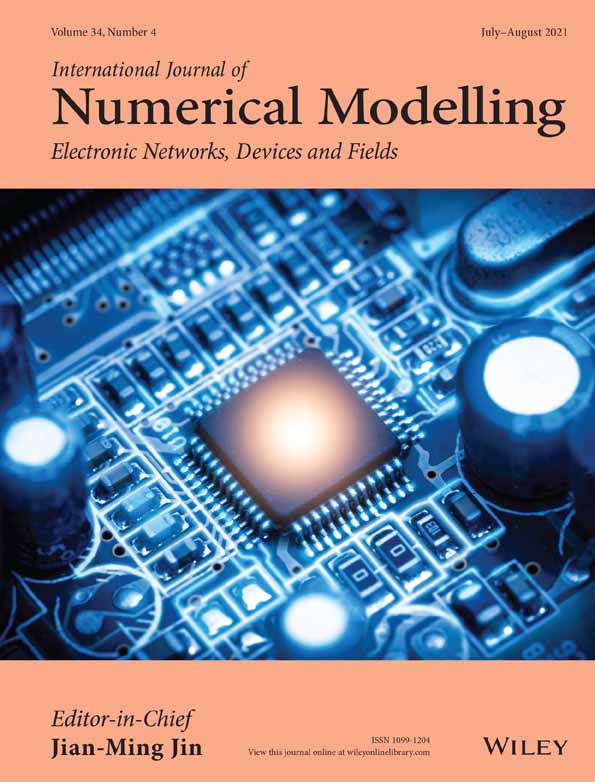The propagation characteristics of rectangular waveguides filled with inhomogeneous double-negative dielectrics using a semianalytical method
Funding information: the AoShan Talents outstanding scientist Program Supported by Pilot National Laboratory for Marine Science and Technology (Qingdao), Grant/Award Number: 2017ASTCP-OS03; the leading talents of Guangdong province program, Grant/Award Number: 2016LJ06D557
Abstract
In this paper, we carry out the calculation of eigenvalues including cutoff wavenumbers and propagation constants in rectangular waveguides filled with inhomogeneous double-negative (DNG) dielectrics whose permittivity varies along one transverse direction by using a semianalytical approach. Eigenequations for waveguides containing arbitrary continuously or discontinuously varying dielectrics are formulated by the semianalytical approach. We examine several representative inhomogeneous DNG dielectric distributions. When comparing these results with those of waveguides containing inhomogeneous double-positive (DPS) dielectrics with same distribution profiles, we find the dielectric and geometric dependence of the cutoff wavenumbers to be quite different. Moreover, the dispersion signs of the TE/LSE modes might be changed by partially filling the waveguides with DNG dielectrics, which is caused by the opposite directions of energy transport in DPS and DNG dielectrics.




